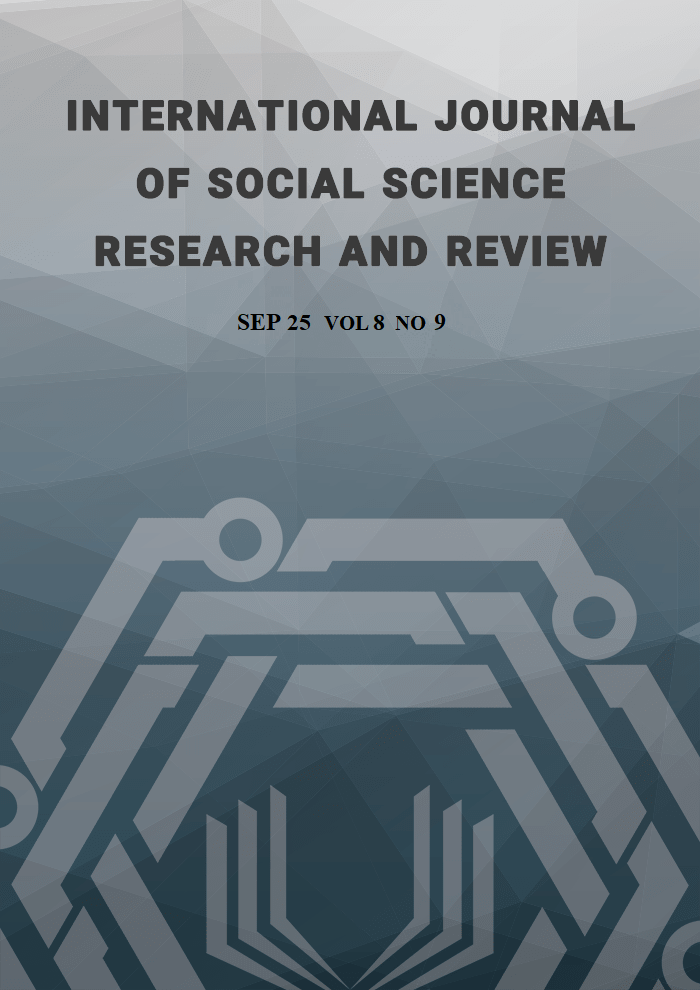Riverbank Erosion as Slow Violence
The Sensorial Displacement of Climate Migrants
Abstract
This study explores the riverbank erosion in Bhola, Bangladesh, displacing the household into the Korail slum of the Dhaka city, and presents this displacement as the case of embodied slow violence by studying senses and emotions among the displaced migrants. Sensory ethnography was used in conducting 23 semi-structured interviews and three weeks participant observation; the result was the collection of multisensory fieldnotes of smells, sounds, textures, air quality, and bodily reactions in Korail whether compared to the memories of Bhola riverine environment. The results show a twofold sensory disjuncture: the rupture of a rich and polyphonic sensory environment migrants encounter in Bhola and face the severe sensorial regime of Korail (contaminated air, stinking smell, noise, and harsh surfaces) and develop respiratory distresses, emotional disturbances, and precarious embodiment. Digital soundscapes, rituals, and communal practices are part of the adaptive strategies; however, they provide partial relief. The existential displacement of the sensors abuses the impact of climate migration more by engraving slow violence on the sensory levels and feelings. The emotional and the bodily aspects of displacement demand the incorporation of Sensory Impact Assessments and sensory-wise designs in policy responses.
References
Classen, C. (1997). Foundations for an anthropology of the senses. International Social Science Journal, 49(153), 401–412. https://doi.org/10.1111/j.1468-2451.1997.tb00032.x.
Climate-Diplomacy. (2021, March 17). Climate change is already driving migration in the Brazilian Amazon. Retrieved from https://climate-diplomacy.org/magazine/conflict/climate-change-already-driving-migration-brazilian-amazon.
Crenshaw, K. W. (1989). Demarginalizing the intersection of race and sex: A Black feminist critique of antidiscrimination doctrine, feminist theory and antiracist politics. University of Chicago Legal Forum, 1989(1), 139-167.
Le Dang, H., Li, E., Nuberg, I., & Bruwer, J. (2014). Farmers’ perceived risks of climate change and influencing factors: A study in the Mekong Delta, Vietnam. Environmental management, 54(2), 331-345.
Das, V. (2007). Life and words. University of California Press. https://www.ucpress.edu/book/9780520247451/life-and-words.
Davies, T. (2019). Slow violence and toxic geographies: ‘Out of sight’ to whom? Environment and Planning C: Politics and Space, 37(2), 201–218.
Earth.Org. (2023, March 20). Beyond Climate Science: Cultural Loss in the Pacific Islands. Retrieved from https://earth.org/climate-change-pacific-islands/.
Haque, C. E., & Zaman, M. Q. (1989). Coping with riverbank erosion hazard and displacement in Bangladesh. Disasters, 13(4), 300–314. https://doi.org/10.1111/j.1467-7717.1989.tb00722.x.
Rana, M. M. P., & Ilina, I. N. (2021). Climate change and migration impacts on cities: Lessons from Bangladesh. Environmental Challenges, 5, 100221.
Islam, M. R., & Hasan, M. (2016). Climate-induced human displacement: A case study of Cyclone Aila in the south-west coastal region of Bangladesh. Natural hazards, 81(2), 1051-1071.
Merleau-Ponty, M. (1945). Phenomenology of perception. Routledge. ISBN 9780415838542.
Migration Policy Institute. (2024). Climate Change in Bangladesh Shapes Internal Migration and Movement to India. Retrieved from https://www.migrationpolicy.org/article/bangladesh-india-climate-migration.
National Geographic. (2025, April 12). Climate change creates a new migration crisis in Bangladesh. Retrieved from https://www.nationalgeographic.com/environment/article/climate-change-drives-migration-crisis-in-bangladesh-from-dhaka-sundabans.
Nixon, R. (2011). Slow violence and the environmentalism of the poor. Harvard University Press. https://www.hup.harvard.edu/catalog.php?isbn=9780674072343.
O’Lear, S. (2024). The slow violence of climate security. Geoforum, 151, 103998. https://doi.org/10.1016/j.geoforum.2024.104078.
Pain, R. (2019). Chronic urban trauma. Environment and Planning D: Society and Space, 37(3), 385–400. Retrieved from https://ideas.repec.org/a/sae/urbstu/v56y2019i2p385-400.html.
Pink, S. (2015). Doing sensory ethnography (2nd ed.). SAGE Publications.
Puar, J. (2019). Neoliberalism and embodied precarity. In The Right to Maim (pp. 1–30). Duke University Press. https://www.dukeupress.edu/the-right-to-maim.
Rudra, K. (2010). Dynamics of the Ganga in West Bengal, India (1764–2007): Implications for science–policy interaction. Quaternary International, 227(2), 161-169.
Schlosberg, D. (2007). Defining environmental justice. Oxford University Press.
Valtonen, A., Markuksela, V., & Moisander, J. (2010). Doing sensory ethnography in consumer research. International Journal of Consumer Studies, 34(4), 375-380. https://doi.org/10.1111/j.1470-6431.2010.00876.x.
World Bank. (2018). Groundswell: Preparing for Internal Climate Migration. Retrieved from https://www.worldbank.org/en/news/infographic/2018/03/19/groundswell---preparing-for-internal-climate-migration.
Copyright (c) 2025 Md Rubel Mia

This work is licensed under a Creative Commons Attribution-NonCommercial-NoDerivatives 4.0 International License.
Copyright for this article is retained by the author(s), with first publication rights granted to the journal. This is an open-access article distributed under the terms and conditions of the Creative Commons Attribution license (https://creativecommons.org/licenses/by-nc-nd/4.0/).





